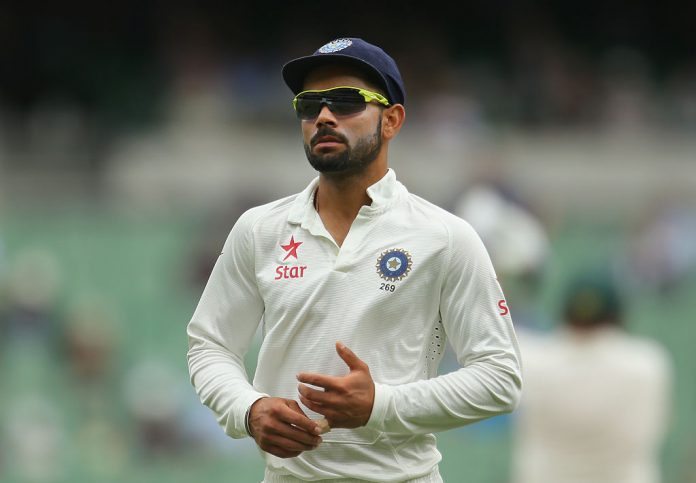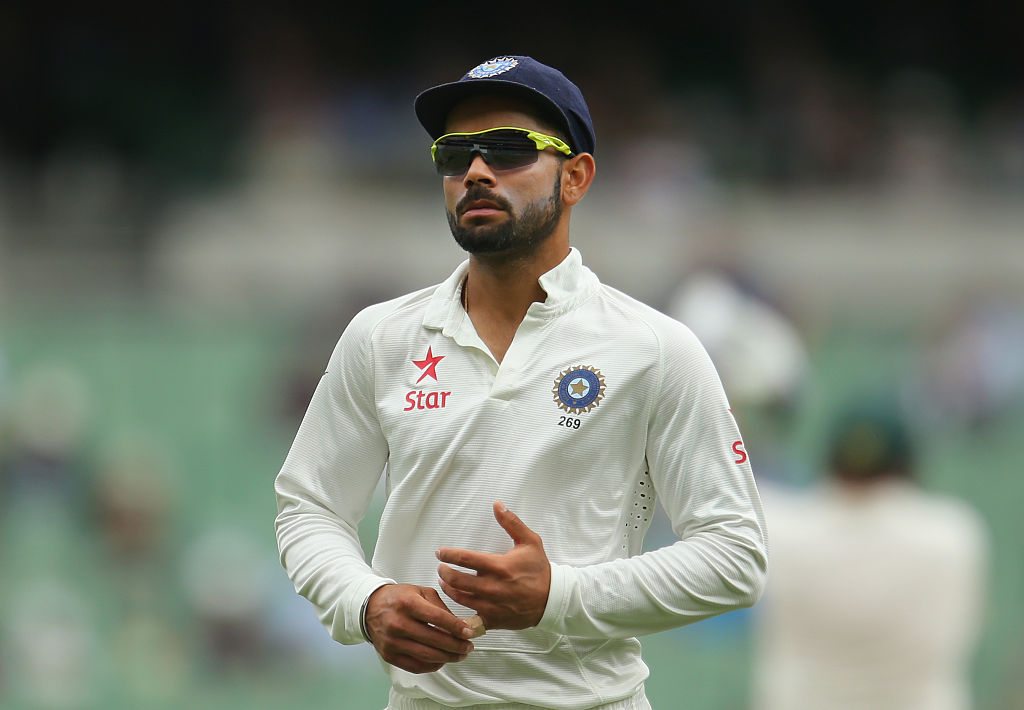

With the current series between India and South Africa at boiling point, an explosive incident has made waves.
It came as Indian spinner Ravi Ashwin had South African batsman Dean Elgar out LBW.
It must be said, it looked plumb. With Elgar reviewing it, the decision was overturned, much to the disbelief of nearly everyone, Elgar included.
India were incensed. In an already tense series, it has become another talking point.
Following the decision, India's players spent the better part of 90 seconds insinuating into the stump mics that the host broadcaster, SuperSport, had influenced the DRS decision.
The comments leave you in no doubt about what the Indian players think. Captain Virat Kohli was typically fiery, saying "“Focus on your team while they shine the ball. Not just the opposition. Trying to catch people all the time.”
He wasn't alone, Vice-Captain KL Rahul was heard saying “It’s the whole country against 11 guys" just moments later. The final say on the matter coming from Ashwin himself, who lent into the stump mics and said “You should find better ways to win, SuperSport.”
At the very least, it's dissent. Disagreeing with the umpire in sport is nothing new, implying a vast conspiracy to favour the home side certainly is though.
It has created a serious problem. The ICC now face a very stern test of their credibility.
How Does DRS Work?
The DRS system is run by HawkEye, an independent body. Host broadcasters have no control over it. The data is simply fed to them by the HawkEye company.
There's no doubting it's an imperfect technology, however it is based entirely on science, rather than emotion. Every country gets dudded by it at some point, India are no exception to this.
South African legend Shaun Pollock gave some insight on HawkEye during the coverage.
"HawkEye is something you rely on for decision making. It’s an independent body. They do their level best with everything they have got. They have got their own cameras. I can understand the disappointment because they wanted the wicket but I think they went over the top a little bit," Pollock said.
Related: "Find better ways to win": India alludes to DRS manipulation
“HawkEye, it’s scientific. They got each little point that they plot. And that’s how they work out where it goes. That’s a lot more scientific than any of us. We rely on them to make the decision and that’s what they have done.”
It's understandable that in tense games, with emotions running high, close calls like this can shape an entire match. From this perspective, you can understand the unhappiness in the India camp.
More so when a visibly confused umpire Marais Erasmus is seen shaking his head at the overturned decision and saying "that's impossible."
All of that aside, insinuating something like this is not a good look. The logistics of tampering with technology for such a specific purpose, in such a short time frame are mind-boggling. It simply wouldn't happen.
Why it's a problem?
India are the benchmark for the game, boasting talent that no other country can match. They have a vast legion of fans who adore them.
Crucially, they have considerable influence on world cricket. As such, their behaviour needs to reflect this.

DIBYANGSHU SARKAR/AFP/Getty Images
Under Virat Kohli, India have played an aggressive brand of cricket. They have produced some of the best test cricket we've have seen in modern times. None more so than last summer's tour of Australia.
With this level of aggression however, comes behaviour that can be detrimental to the game. We've seen this before with the Australian team leading up to the sandpaper scandal.
There were multiple incidents of poor behaviour leading up to that now infamous incident.
There comes a time where a tipping point is reached. This could be it for India. No one wants to see the best players suspended and missing games. Yet there needs to be some repercussions from this.
What Next?
Were this David Warner and co making these types of comments, the cricket world would be up in arms. It's not hard to imagine the outrage and the renewed calls for lifetime bans.
The excuse that the pressure of the situation got to them is not good enough. These are some of the game's biggest names, they need to be held to a higher standard.
Their ability to influence the next generation of cricketers is unmatched. As such, condoning or sanctioning poor behaviour is paramount.
While it's crucial that the ICC lay down a marker, it's equally important they don't get carried away. Cricket Australia are a prime example of overreacting.
The punishments given to Steve Smith, David Warner and Cam Bancroft were excessive. Smith and Warner have found their way back, however it appears Bancroft could be lost to the wilderness.
It's easy to guess what the stance of the Board of Control for Cricket in India (BCCI) will be. As such, it will fall to the ICC to ensure that this incident doesn't create a dangerous precedent.
See Also: Boland in for new mega deal
Regardless of whether it was out or not, publicly calling in to question the integrity of a host broadcaster like that cannot be tolerated.
It's one thing to be passionate and aggressive, this was something else entirely. Suspending all three players for a match is probably overkill, yet fines seem inconsequential.
Rahul's comments don't warrant much more than a fine. Yet the comments of Kohli and Ashwin certainly do. India are to be admired for their talent and standing in the game, as such, the ICC must hold them to that standard.
We've all seen what happens when you look the other way too many times.





